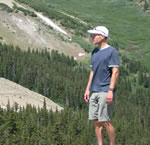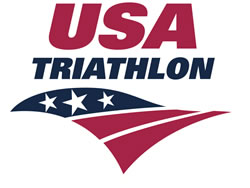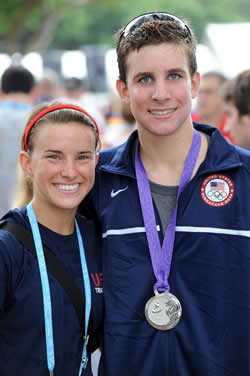
Related:
 CU Triathlon Team Builds on Previous Dominance
CU Triathlon Team Builds on Previous Dominance
 Collegiate Recruitment Program Aims to Increase Pool of Potential Olympians
Collegiate Recruitment Program Aims to Increase Pool of Potential Olympians
 Elite Triathlon Academy Launched at University of Colorado Colorado Springs
Elite Triathlon Academy Launched at University of Colorado Colorado Springs
 USAT Selects Boulder’s D3Multisport as 2010 High Performance Team
USAT Selects Boulder’s D3Multisport as 2010 High Performance Team
 Dye, Shiver Grab USAT Elite Development Titles
Dye, Shiver Grab USAT Elite Development Titles


